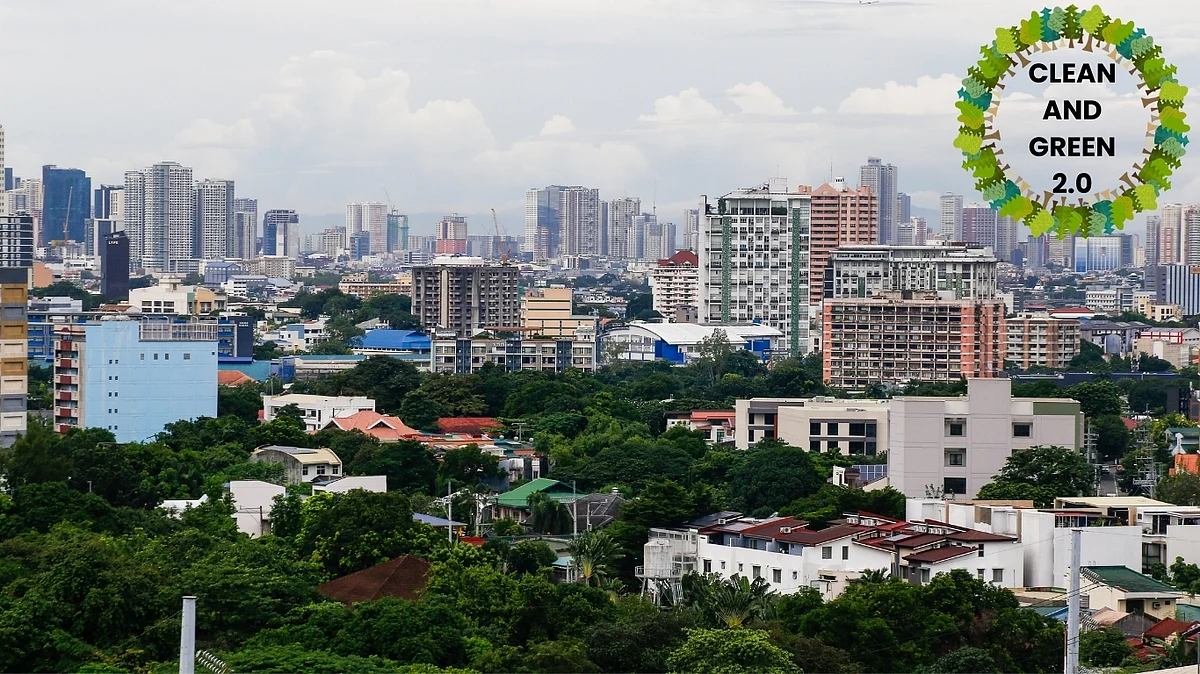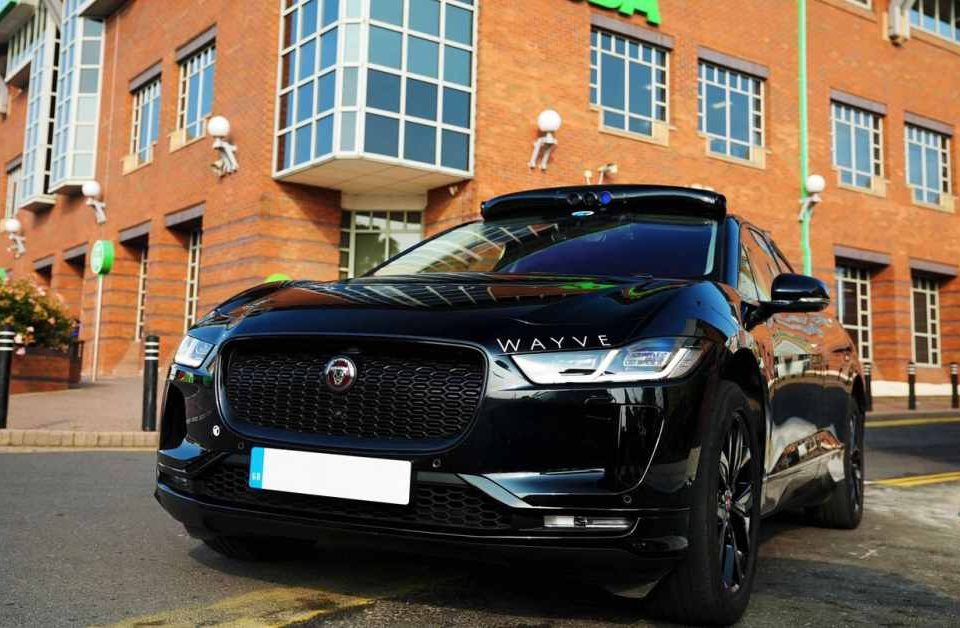
Climate change affects everyone wherever they are. Flooding, a major effect of changing weather patterns, sinks cities and countrysides, bringing deaths and destruction everywhere. Increasing summer temperature, meanwhile, poses public health risks to urban dwellers and damage crops.People are adapting to this reality not only for their safety but health. They use clean energy like solar for lighting homes and electric vehicles for transportation to lessen carbon emission which drives global warming. Trees are being planted in available open spaces in cities and in forests to absorb more carbon dioxide. Urban planners balance development and conservation by using sustainable design. Buildings with natural lighting, parks, tree-lined streets and solar lampposts are among the common features of residential communities. The more expansive commercial and industrial sites in suburban areas blend with nature and incorporate walkways, bike lanes and other amenities.Green and health-centric design and planning are not only planet-friendly but also promotes good health and wellness. Some developments are recognized through such certifications as BERDE and WELL Core Gold.LIMA Tower One, the first premium office building in Batangas, has the distinction of being the first development in the Philippines that is WELL Core Gold-certified by the International WELL Building Institute for meeting stringent global benchmarks that place human health, comfort, and well-being at the core of design and operations.At the same time, LIMA Tower One, located at the 70-hectare Biz Hub at LIMA Estate, is BERDE 5-Star-certified by the Philippine Green Building Council for environmental performance and resource efficiencyWith the challenges of climate change, development designs that promote sustainability and well-being are the ideal standards for their dual benefits of enhancing well-being and preserving the planet.



